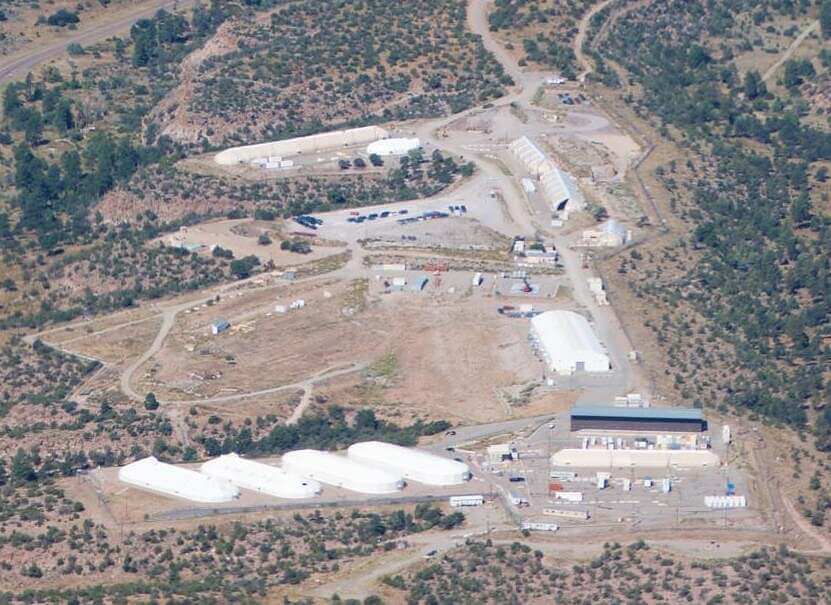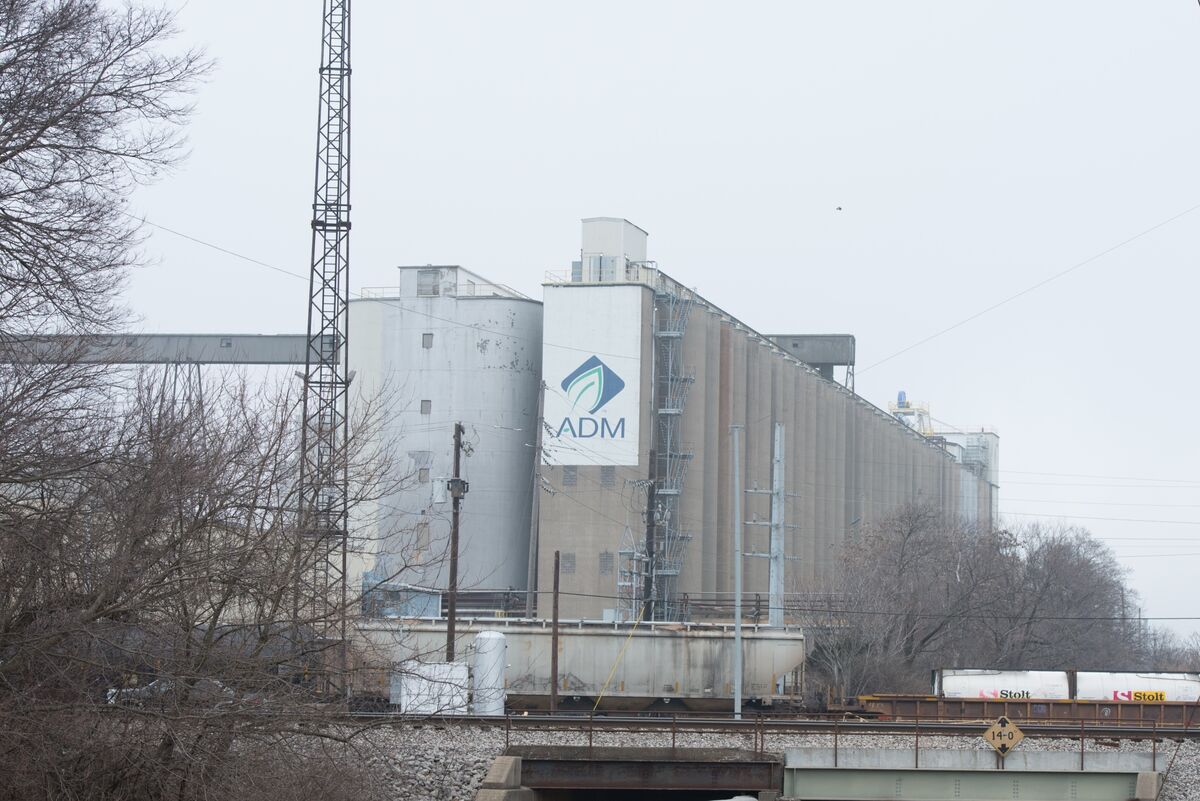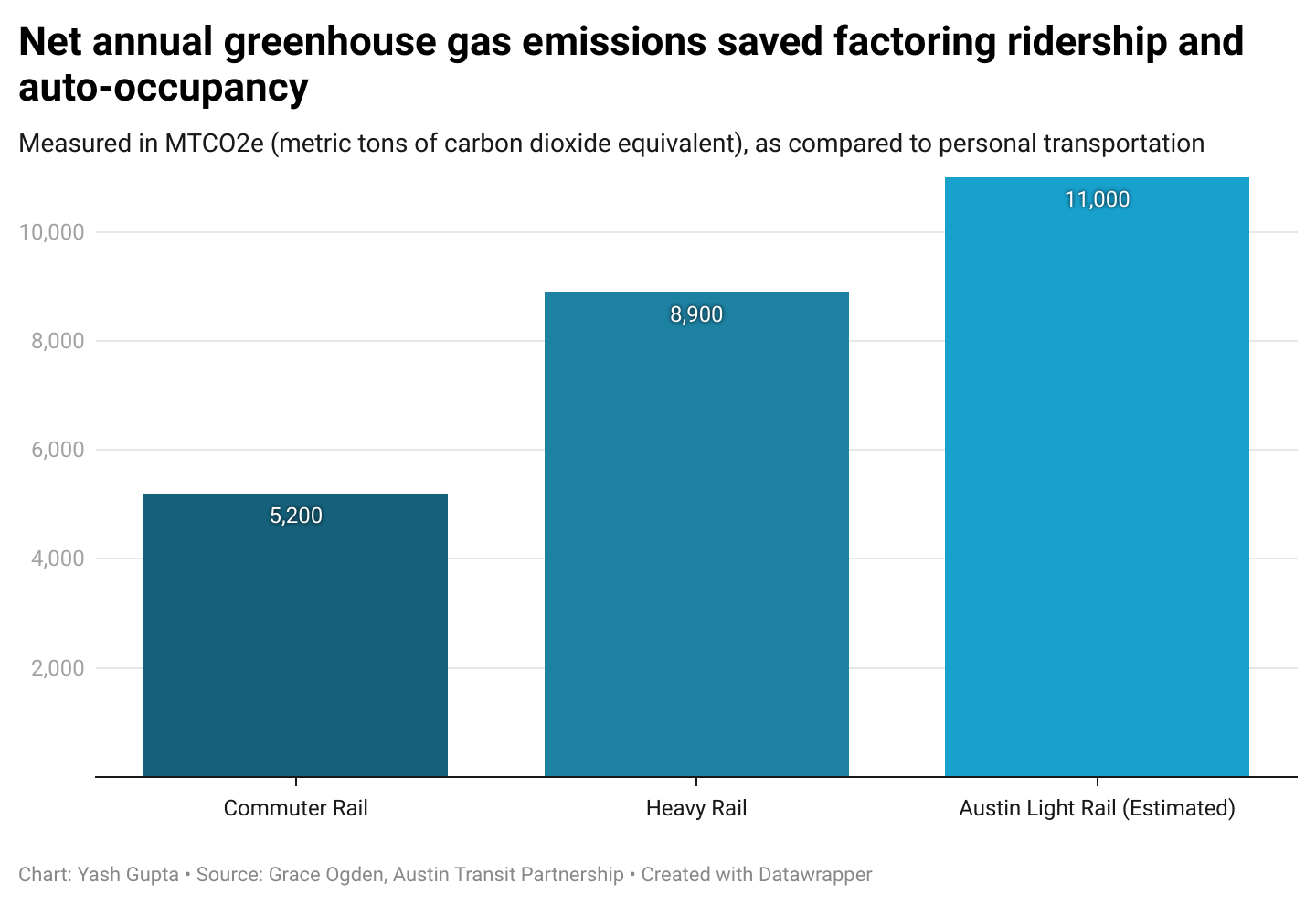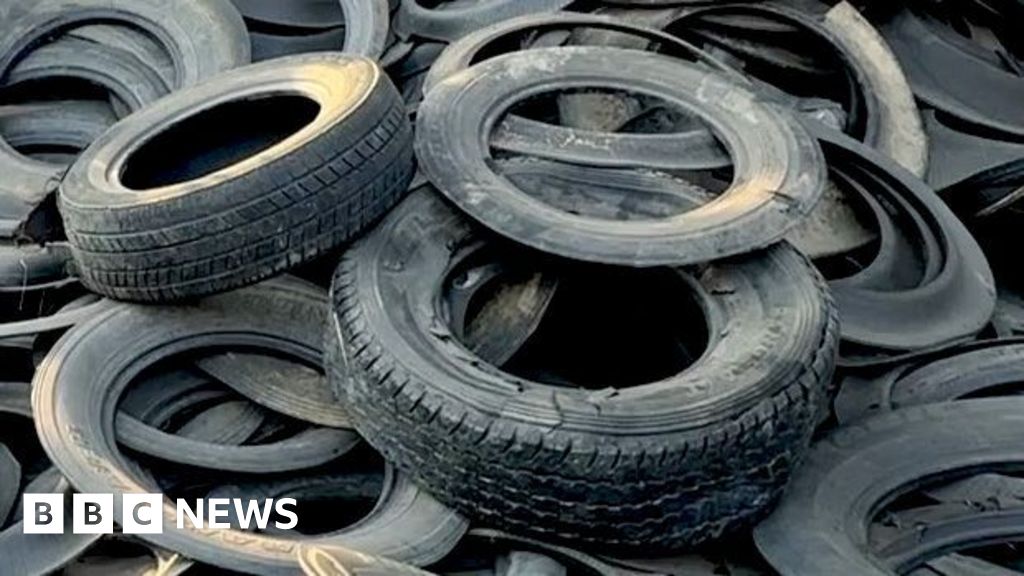Radioactive Release Imminent: Los Alamos Lab Prepares for Critical Tritium Venting Operation

In a carefully planned environmental management operation, Los Alamos National Laboratory is set to release pressurized radioactive gas from legacy waste containers on September 13th. The controlled venting process is designed to safely manage and reduce potential risks associated with aging nuclear waste storage.
Scientists and safety experts at the laboratory have meticulously planned this procedure to ensure minimal environmental impact and strict adherence to radiation safety protocols. The venting will help alleviate pressure buildup in decades-old waste containers, mitigating potential structural risks and maintaining the integrity of the storage facilities.
The operation underscores the ongoing challenges of managing nuclear waste and the laboratory's commitment to responsible environmental stewardship. Residents near the facility can be assured that extensive safety measures and monitoring systems will be in place during the gas release process.
Los Alamos National Laboratory continues to prioritize public safety and transparency as it addresses the complex legacy of nuclear research and waste management.








